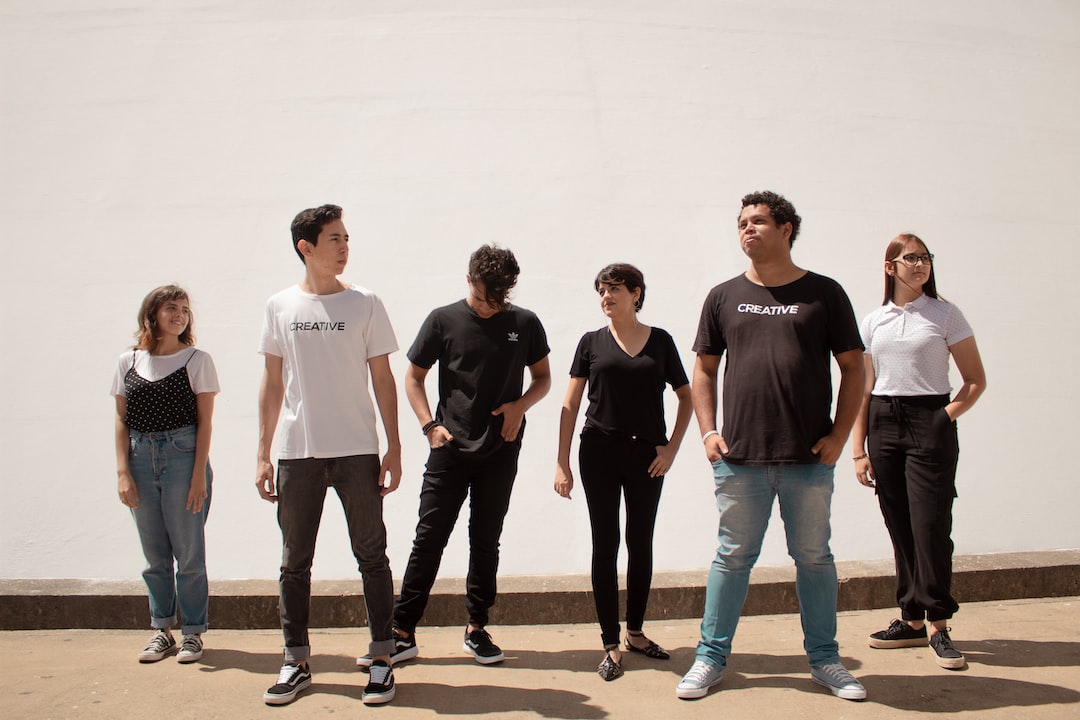The evolution of social media has been nothing short of astounding. From the humble beginnings of Friendster to the modern-day phenomenon of TikTok, social media has revolutionized the way we connect, communicate, and share information.
It all started in the early 2000s with platforms like Friendster and Myspace. These sites allowed users to create profiles, add friends, and share updates with their network. While primitive compared to today’s standards, they laid the foundation for what was to come.
Then came Facebook, which emerged as the dominant player in the social media landscape. Mark Zuckerberg’s brainchild quickly gained popularity among college students before expanding its reach to the general public. With features like the News Feed and status updates, Facebook became a platform where people could share their thoughts, photos, and life events.
But social media didn’t stop at Facebook. Twitter came onto the scene, introducing a new concept known as microblogging. With its character limit of 140 (now 280) characters, Twitter allowed users to share quick, concise updates in real-time. This platform quickly gained popularity, becoming a hub for breaking news, viral trends, and celebrity interactions.
Simultaneously, YouTube revolutionized the way we consume and share video content. Gone were the days of waiting for videos to buffer or downloading files. With YouTube, anyone could upload and watch videos instantly. It became a platform for entertainment, education, and even activism.
As smartphones became more prevalent, so did social media apps. Instagram took the world by storm with its visually appealing interface and focus on photos. It allowed users to share their moments in a more curated and aesthetic way. Gone were the days of random status updates, instead replaced by perfectly filtered snapshots of people’s lives.
Around the same time, Snapchat arrived, bringing the concept of disappearing content into the mainstream. The app revolutionized communication by introducing ephemeral messaging, where photos and videos would vanish after a short period. This created a sense of urgency and exclusivity, making Snapchat an instant hit among younger generations.
And then came TikTok, the latest sensation in the social media landscape. Born out of the merger between Musical.ly and Douyin, TikTok took the world by storm with its short-form videos and catchy trends. With its algorithmic feed and infinite scroll, users can easily get lost in a sea of entertaining content. TikTok has become a breeding ground for viral challenges, dances, and creative expression.
What sets TikTok apart is its focus on democratizing content creation. Unlike traditional platforms where followers dictate popularity, TikTok’s “For You” page algorithm allows anyone’s content to go viral, regardless of their follower count. This has given rise to countless internet celebrities and influencers who became famous overnight.
The evolution of social media has been a rollercoaster ride, and it shows no signs of slowing down. As technology advances and user preferences change, we can expect even more innovations in the future. Virtual reality, augmented reality, and artificial intelligence are all likely to play a significant role in shaping the future of social media.
Despite its many benefits, social media also comes with its fair share of challenges. Issues like privacy, cyberbullying, and misinformation have become increasingly prevalent. As users, it’s crucial that we remain informed, responsible, and make conscious decisions about how we engage with these platforms.
The evolution of social media from Friendster to TikTok has undoubtedly transformed the way we connect and share information. It has bridged geographical boundaries, connected communities, and given a platform to voices that were previously unheard. While it may have its pitfalls, there’s no denying the impact and potential that social media holds in shaping our society.

